Stage 35 Seongsu (스테이지35 성수)
9.5Km 2025-07-17
Yeonmujang-gil 35, Seongdong-gu, Seúl
Spa Lei (스파레이)
9.5Km 2025-11-17
Gangnam-daero 107-gil 5, Seocho-gu, Seúl
Situado en el barrio de Jamwon-dong, distrito de Seocho-gu de Seúl, Spa Lei es un jjimjilbang y sauna exclusivos para mujeres que presenta una ambientación europea, con instalaciones de alta clase y una variedad de prácticas instalaciones.
Calle del Calzado Artesanal de Seongsu-dong (성수동 수제화거리)
9.5Km 2025-07-11
Seongsu-dong 2-ga 289-30, Seongdong-gu, Seúl
Daemun (대문)
9.5Km 2025-05-19
139-6, Sirubong-ro, Dobong-gu, Seoul
Wumok (우모크)
9.6Km 2025-10-24
Eonju-ro 170-gil 22, Gangnam-gu, Seúl
Parque Municipal del Monte Yongwangsan (용왕산근린공원)
9.6Km 2021-12-28
Yongwangjeong-gil 41, Yangcheon-gu, Seúl.
Este monte también es conocido bajo el nombre de Eomjisan. Su nombre literamente significa "montaña del rey dragón".
Seongsunoru (성수노루)
9.6Km 2025-05-08
110, Achasan-ro, Seongdong-gu, Seoul
Tiendas Departamentales Galleria (Pabellón de Artículos de Lujo) (갤러리아백화점 명품관)
9.7Km 2024-02-20
Apgujeong-ro 343, Gangnam-gu, Seúl.
Antigua Casa Kansong (간송옛집)
9.7Km 2025-03-27
Sirubong-ro 149-18, Dobong-gu, Seúl
Calle de los Cafés de Seongsu-dong (성수동 카페거리)
9.7Km 2025-05-21
Seongsu-dong 2-ga, Seongdong-gu, Seúl
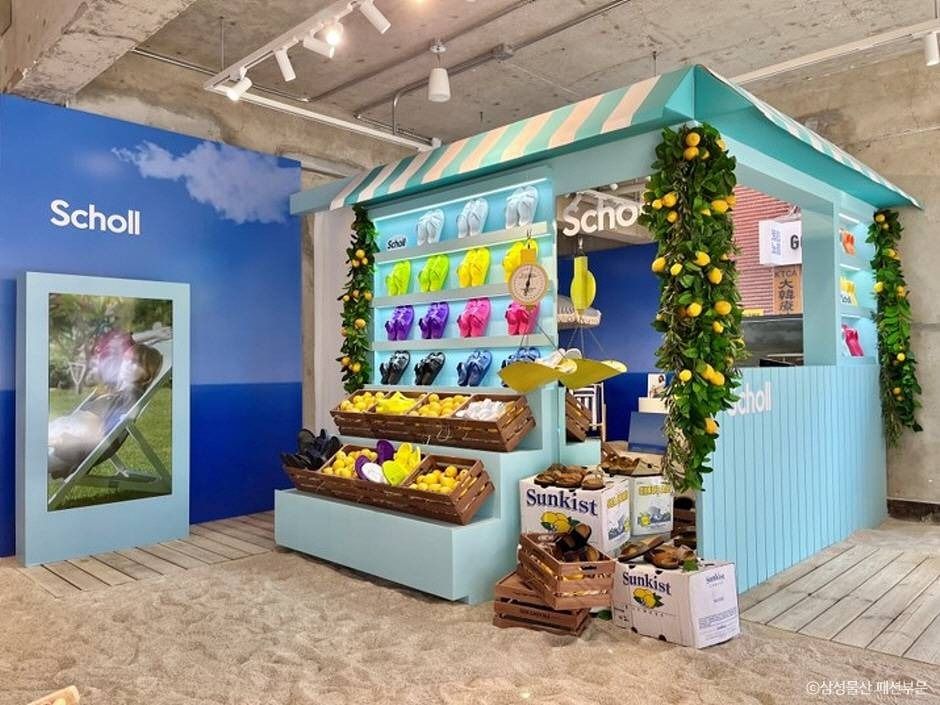

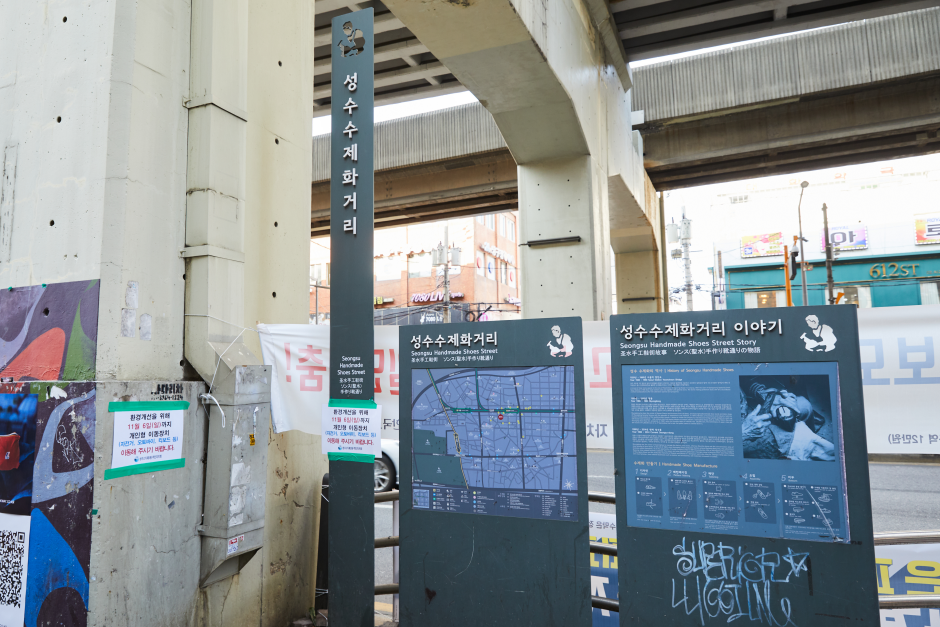

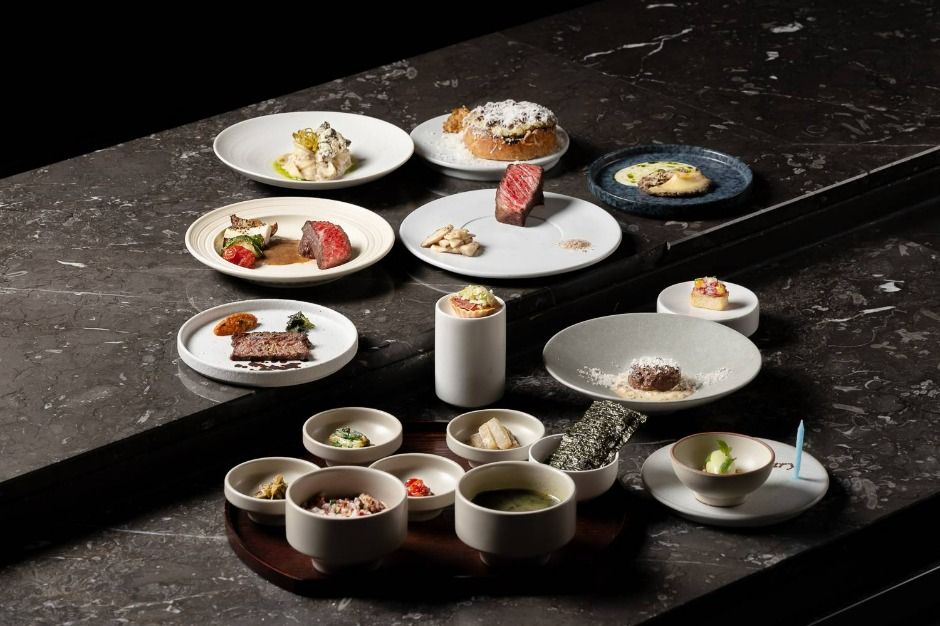
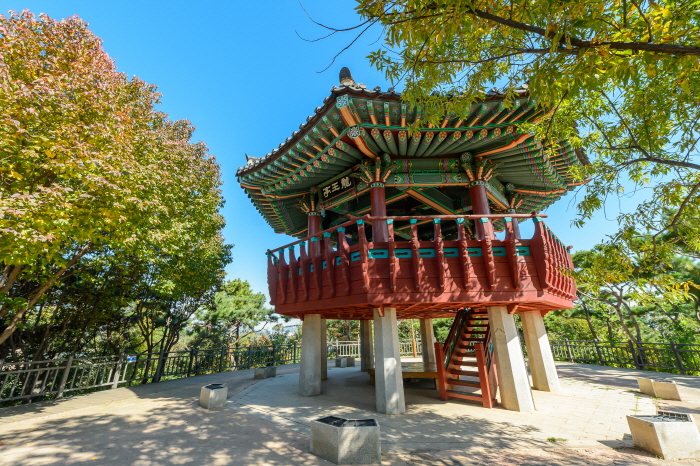
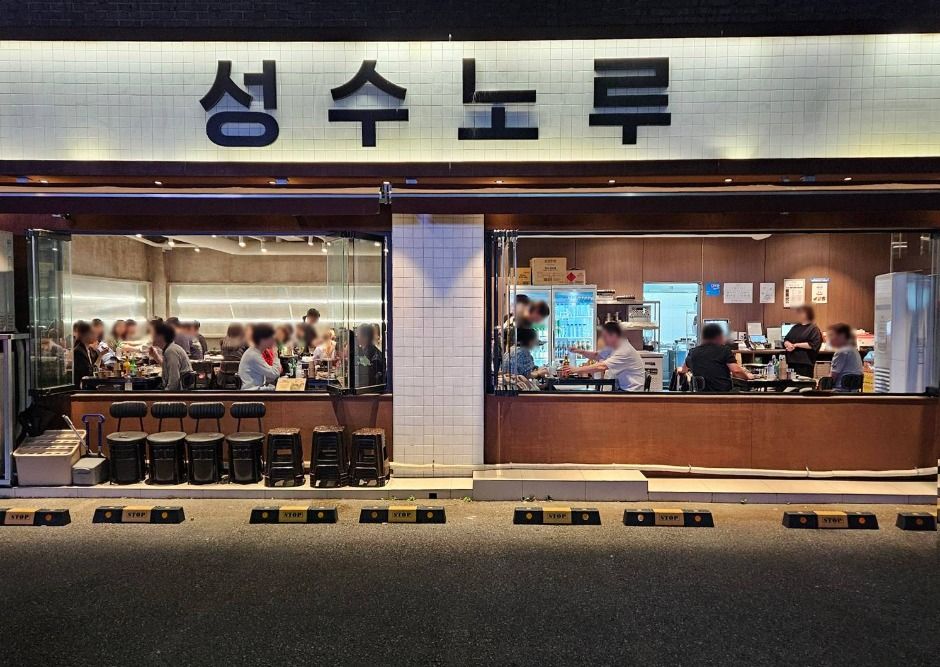

 Español
Español
 한국어
한국어 English
English 日本語
日本語 中文(简体)
中文(简体) Deutsch
Deutsch Français
Français Русский
Русский